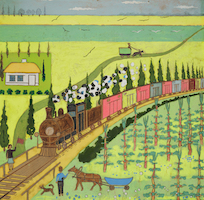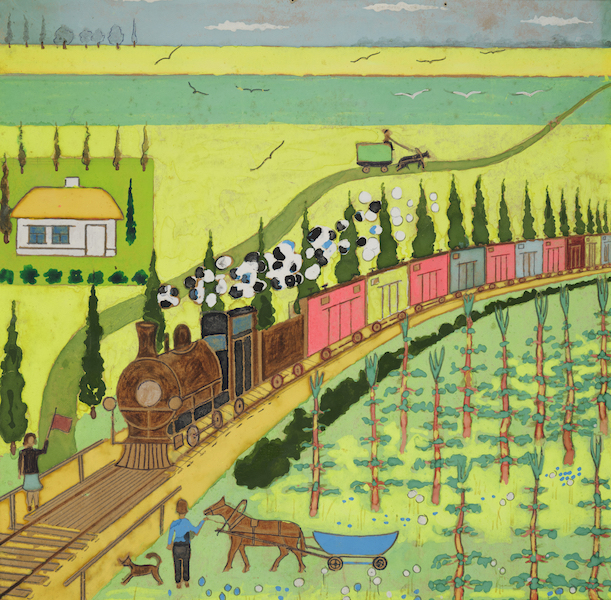
ATLANTA — The High Museum of Art will present George Voronovsky: Memoryscapes from through August 13. It will be the first major museum presentation of work by the late Ukrainian American artist (1903-1982), who transformed his Miami Beach hotel room into a paradisiacal art environment filled with vibrant paintings and carved Styrofoam sculptures in the last decade of his life. The exhibition will feature 60 of Voronovsky’s mostly untitled and undated works, the majority of which depict his early memories of a beloved life in Ukraine that he ultimately felt compelled to leave behind.
“This exhibition continues our longstanding commitment to celebrating Southern self-taught artists, including those whose vision was made manifest in art-filled environments bursting with creativity,” said Rand Suffolk, the High’s Nancy and Holcombe T. Green, Jr., director. “Voronovsky’s work has never been shown outside of Florida, so we’re excited to introduce him to our audience. Given contemporary events, this work is perhaps all the more poignant because it serves as a time capsule of the Ukraine he knew as a child.”
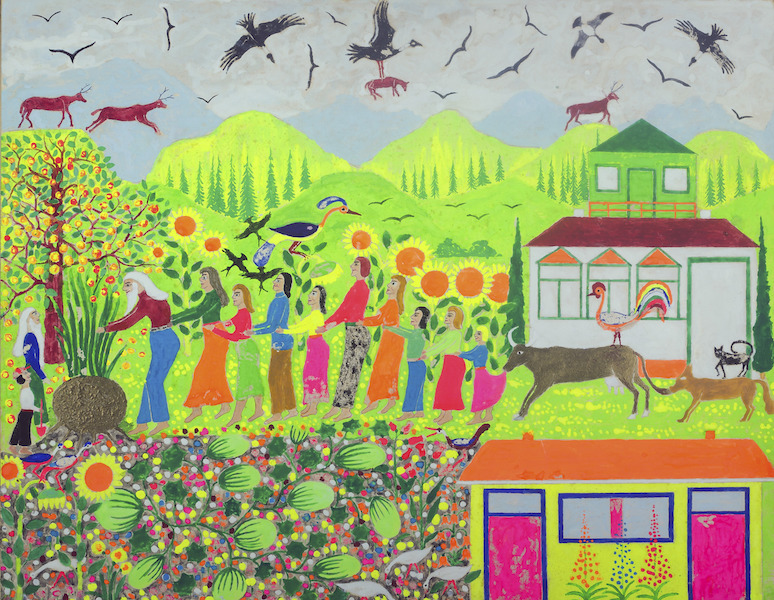
After Nazi forces took control of Ukraine in 1941, Voronovsky was among the millions of Ukrainians who were spared death for not being Jewish, but he was nonetheless enslaved in the regime’s forced labor camps. Traumatized and separated from his family by the end of his internment, he decided to begin a new life in the United States in 1951. He settled first in Philadelphia, and while working for the railroad industry, he made his way south to Florida by 1970, where he embraced Miami Beach, a destination that was the end of the rail line and booming with Eastern European immigrants of his generation.
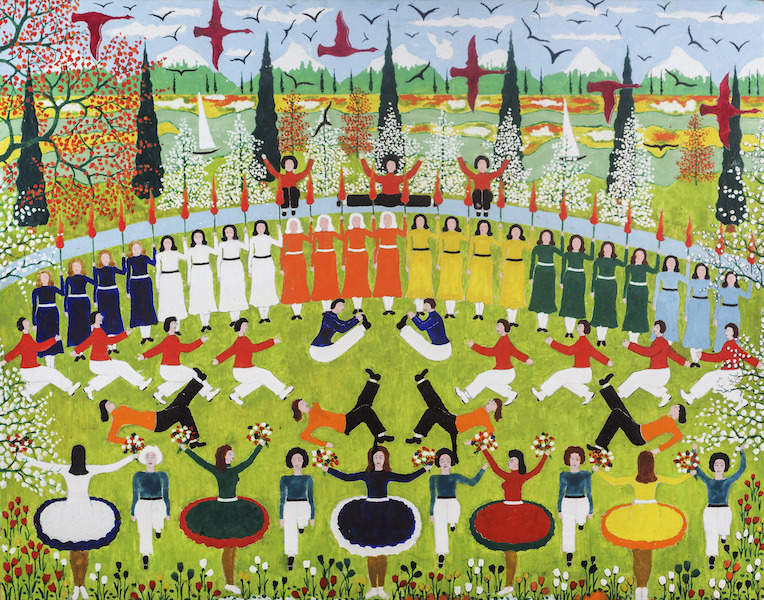
From his room on the third floor of the Colony Hotel, Voronovsky began painting his Ukrainian past and his American present, including folklore-infused scenes and idyllic landscapes from his childhood memories in and around Kyiv as well as the bustling cityscapes and waterfronts of the rapidly transforming South Beach. In his works, he united his past and present worlds with a bright palette, high horizon lines and rich renderings of flora and fauna that make his paintings visually captivating and transporting.
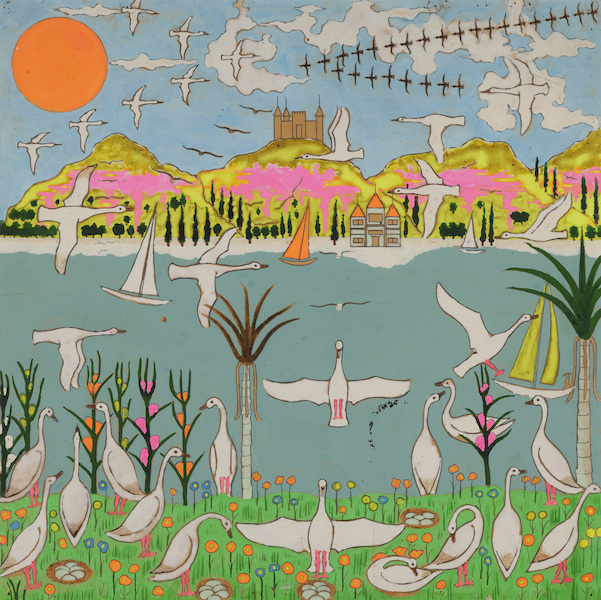
Around 1978, Gary Monroe, a young photographer who had been capturing life in Miami’s South Beach neighborhood — especially scenes of its flourishing elderly community — met Voronovsky after glimpsing the beauty of his creations from the sidewalk. Monroe and his circle of friends frequently visited with the artist, helping him access more art supplies and documenting his life and art in photographs, film and writing, some of which will be featured in the exhibition. When Voronovsky died, he left his art and personal effects to Monroe, who will give several pieces to the High, making it the first museum to acquire Voronovsky’s work.
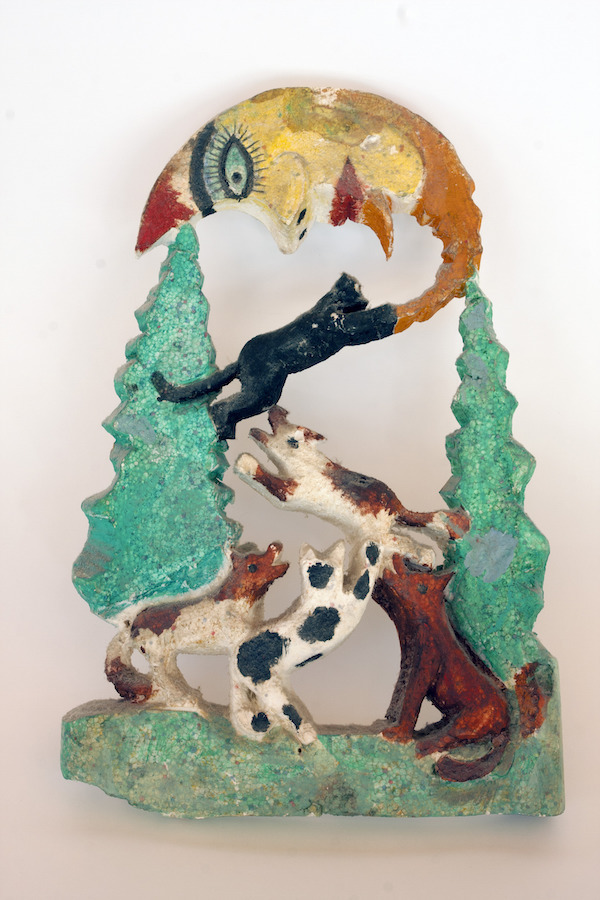
“Self-taught artists are all too often treated as creating purely from their imaginations without cultural or historical influence, and this is especially tempting with an artist like Voronovksy, whose paintings explode with fantastical color and activity,” said Katherine Jentleson, exhibition curator and the High’s Merrie and Dan Boone curator of folk and self-taught art. “However, as the organizers of the first major presentation of Voronovsky’s work, we are taking great care to treat him as art historians would treat any formally trained artist — through visual and historical analysis of his subject matter and iconography. The more closely we look, the more we find that Voronovsky used his art to preserve and reanimate his memories of the very real places and traditions he experienced, both in his native Ukraine and his ultimate destination of Miami Beach.”
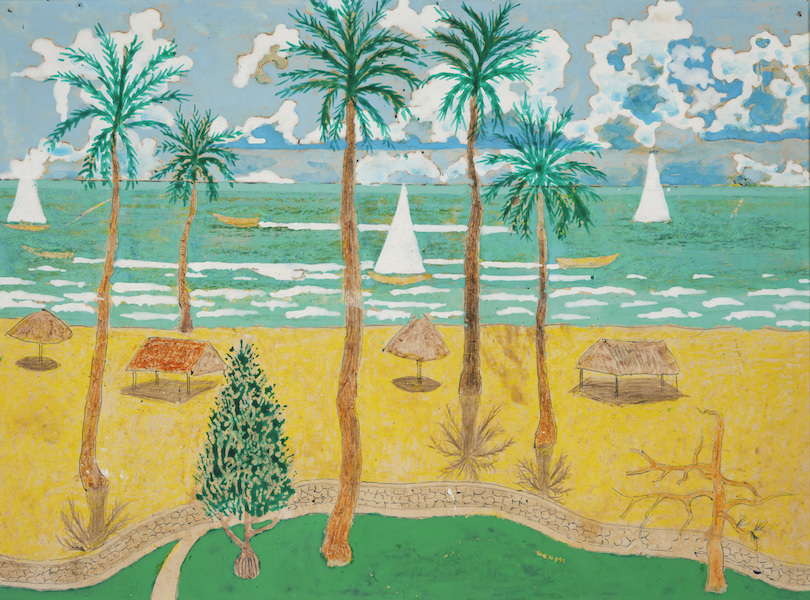
The exhibition will be organized thematically and will present graphics that bring Voronovsky’s defunct Colony Hotel room and his memories of Eastern European architecture, flora, fauna and folk traditions to life. The first section will explore his unique materials: without the financial means to purchase canvas in large quantities, he repurposed discarded cardboard, including pizza boxes, for many of his paintings, and he used Styrofoam, aluminum cans and coffee tin lids to create sculptures of flowers, fish, birds and woodland creatures. The exhibition will proceed with approximately 20 paintings and sculptures that reveal his childhood in and around Kyiv and his life in Miami Beach. The final section will be a meditation on migration, a recurring theme in Voronovsky’s work. Also on view will be the artist’s sketchbook, archival documents and excerpts from experimental films he made with a 16 mm camera.
The exhibition will be presented in the Works on Paper galleries on the Lower Level of the High’s Wieland Pavilion.
Visit the website of the High Museum of Art and see its dedicated page for George Voronovsky: Memoryscapes.


